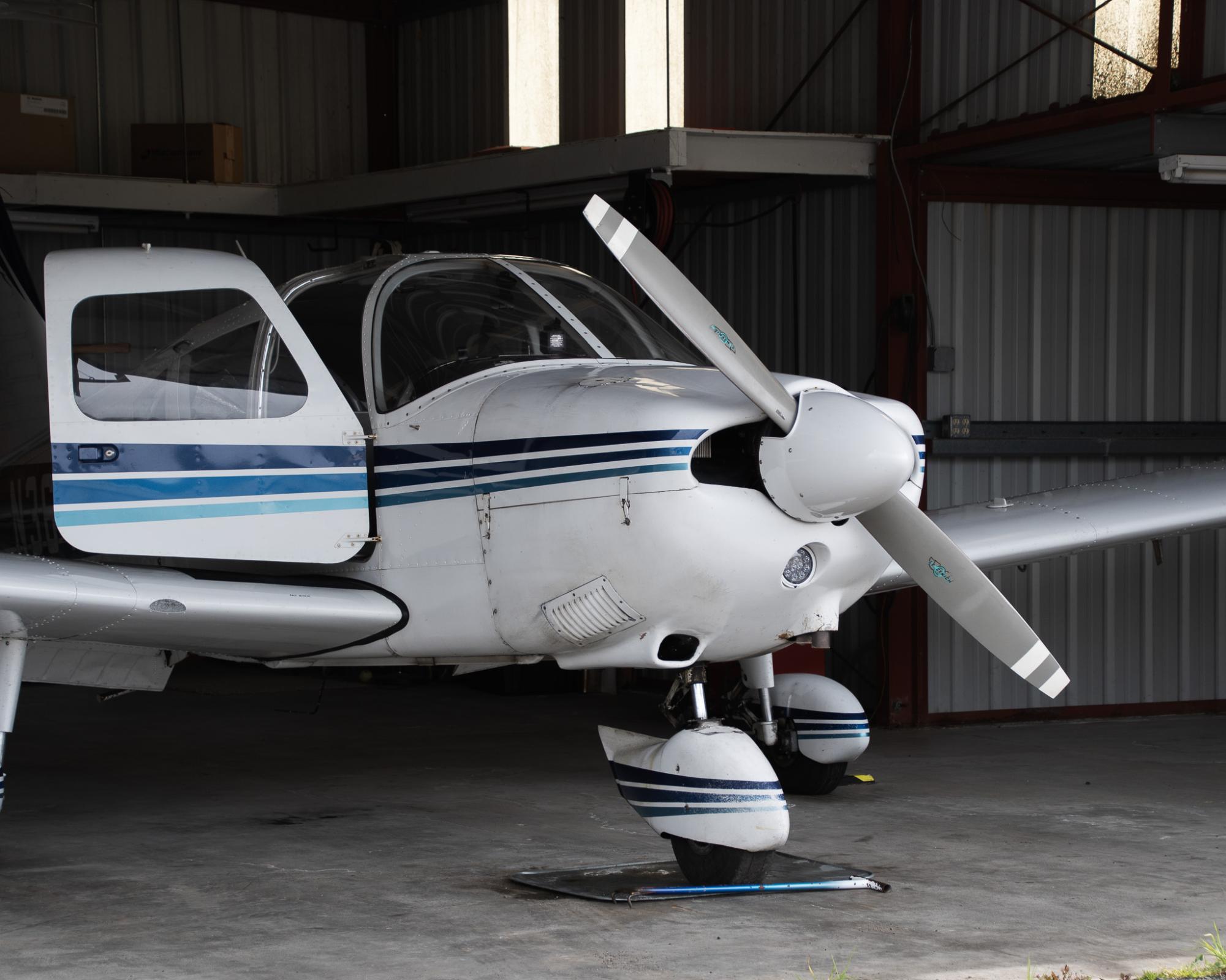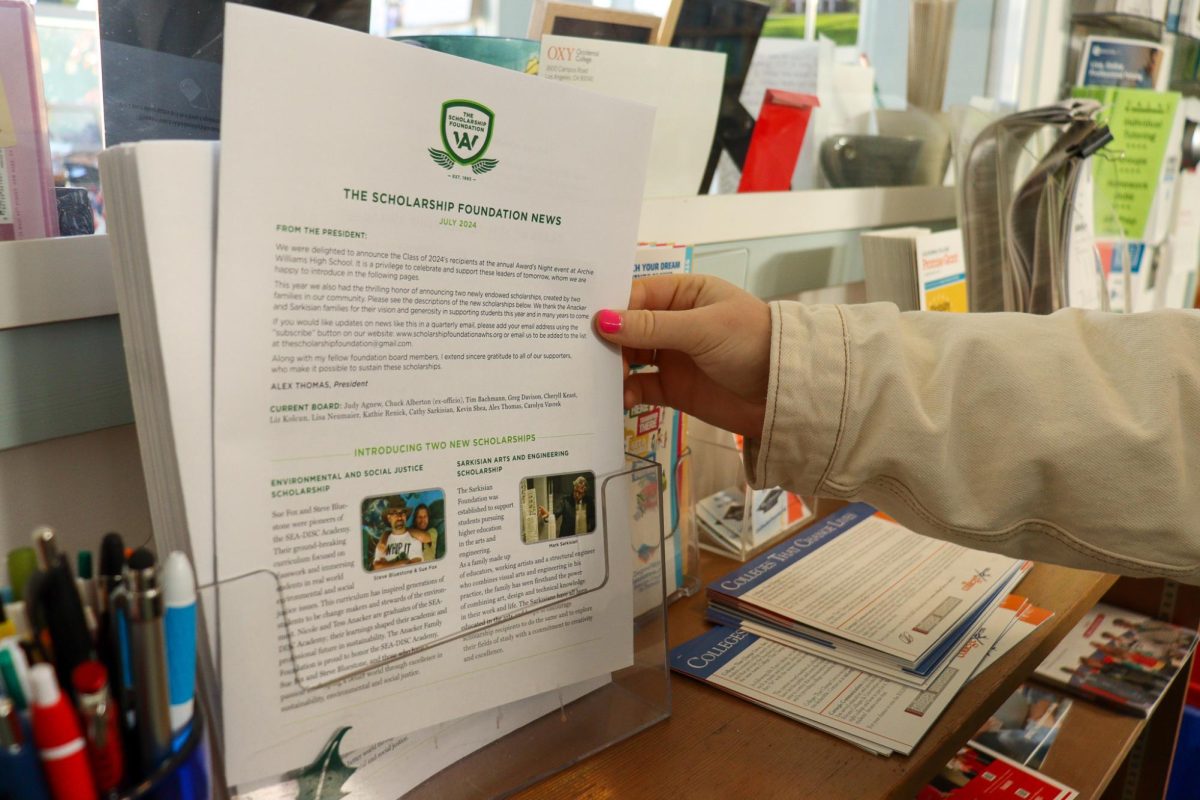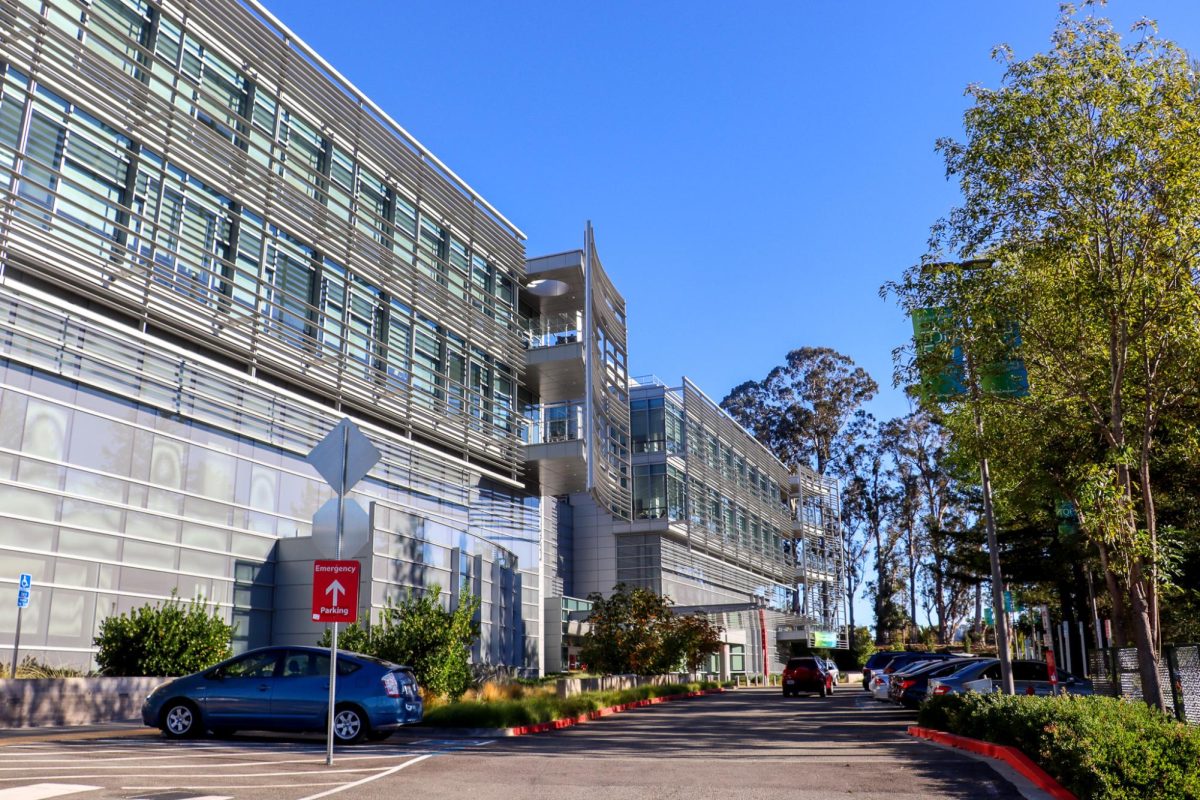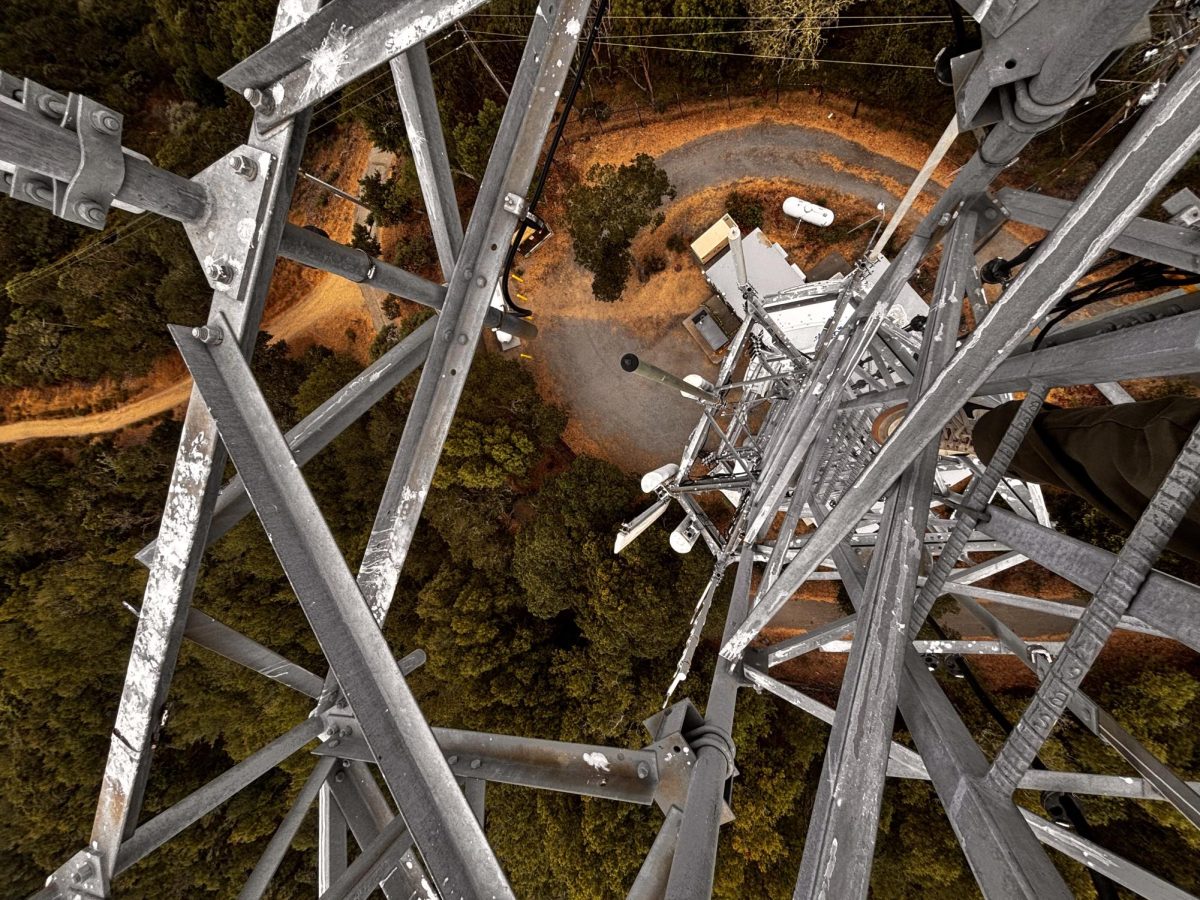At Archie Williams, students have found an interest in aviation through hands-on experiences and supportive programs that spark their enthusiasm for flight. While most students pursue their interests with professional flight instruction, resources at Archie Williams allow anybody to broaden their knowledge in the aviation field, completely free of charge. By building essential skills in aerodynamics, navigation, and aircraft operation, students can get a feel for a career in aviation.
Students cultivate their passion for aviation through extracurricular activities, such as Archie Williams’ Aviation Club. Rod Milstead, Archie Williams’s AP Computer Principles teacher, is the founder and supervisor of the Aviation Club.
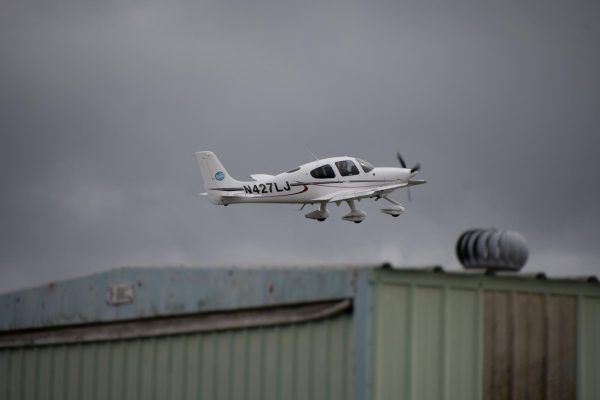
“My inspiration [for Aviation Club] was my background as an aviation enthusiast. I always wanted to get my pilot’s license but never got around to it. Now I want to give people at Archie [Williams] opportunities to build that enthusiasm, be around others who share the same interests, and find scholarship money and opportunities to get up in the air,” Milstead said.
Members of the Aviation Club meet weekly and explore aviation through practice with flight simulators, flying contests, and flight photography. The club fosters a sense of community among students who share an interest in aviation. While the Aviation Club boasts over 10 recurring members, a select few are actively pursuing their pilot licenses.
“I would say two [members are currently doing flight training], [but] four are like, ‘If I can get access to flight training, I’d love to [get my pilot’s license].’ I know we also have students on campus [outside of Aviation Club] who are getting their pilot’s license right now,” Milstead said.
According to Milstead, the Aviation Club operates with the assistance of the parent-run Falcon Foundation and help from the Tamalpais Union High School District (TUHSD).
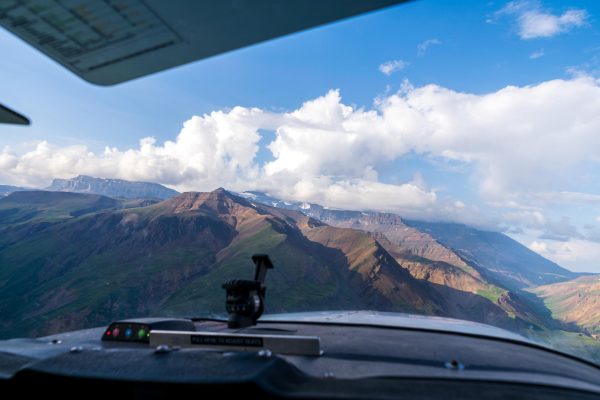
“A lot of our fun [in Aviation Club] is flying the flight simulator that we have in room 127… [TUHSD] has been really helpful in getting us Microsoft Flight Simulator, the current version, set up on it. We’ve also had generous help from the [Falcon Foundation] to buy a good quality control and cockpit setup, so it’s more than just a keyboard and a mouse,” Milstead said.
With the purchase of a flight simulator for the room, students can practice flight scenarios in over 120 different planes, while also gaining an understanding of a variety of aircrafts and their characteristics. Using the flight simulator, Milstead and his students participate in activities that target different aviation skills to improve their flight capabilities.
Archie Williams junior Leo Spampanato is a member of the Aviation Club and a student at Petaluma Pilots, a pilot training program stationed out of the Petaluma Municipal Airport. Leo began his flight training in September of 2023 and is in the process of attaining his private pilot’s license (PPL).

“I’m taking lessons at the Petaluma Municipal Airport, and I’m working towards my private pilot’s license,” Leo said. “I’ve been doing [flight lessons] for a little over a year now.”
A PPL allows individuals to fly an aircraft for noncommercial purposes. In order to obtain a PPL in the U.S., an applicant must be at least 17 years old, pass a medical exam, complete a minimum of 40 flight hours, and pass a written knowledge test and a practical flight test in compliance with the Federal Aviation Administration. A PPL can be obtained without attending a traditional flight school, through independent study or training by an independent flight instructor. According to Indeed, “flight schools may require closer to 60 to 75 [flight] hours,” and “the cost of earning your PPL ranges from $15,000 to $20,000.”
“[Flight lessons are] quite pricey, and it is a lengthy process depending on how quickly you go through the training. The pros are you can get some crazy good jobs, and follow dreams that you want to; it opens the door to a lot of new possibilities,” Leo said.
Balancing academics and extracurriculars with flight training can pose challenges for high school students. Leo had to take a break from flight training in order to focus on his schoolwork.
“It’s difficult to balance flight lessons and [flight] training with school work. As a junior, with the workload and getting ready for college, it’s been tough balancing it. I’ve had to put [flight training] aside for a little bit, but I’m going to come back to it for sure.” Leo said.
After securing a PPL, Leo hopes to take his training a step further to receive his commercial pilot’s license.
“I plan on becoming a commercial pilot. I’ve always loved going to the airport and seeing all the commercial planes. It’s the main thing that I’ve been interested in, but also being a bush pilot sounds fun, like going out in nature and the middle of nowhere,” Leo said.
Kenzie Oliver, a Certified Flight Instructor at Petaluma Pilot Training Center, works with Archie Williams students on the basics of aviation while also teaching them how to fly a two-seater aircraft. After practicing flying in a certified aircraft with their flight instructor, students with a PPL can eventually fly “solo,” meaning without a flight instructor. After completing the first two stages of flight training, students become eligible to start cross-country flights, allowing them to fly solo to different airports more than 50 nautical miles away.
“Flight training is broken into three different stages. There’s the stage where you are pre-solo, which means you’re flying with your instructor only, and you’re learning how to fly. Then after that stage, you’re solo, and finally, you prepare for your cross countries,” Oliver said.
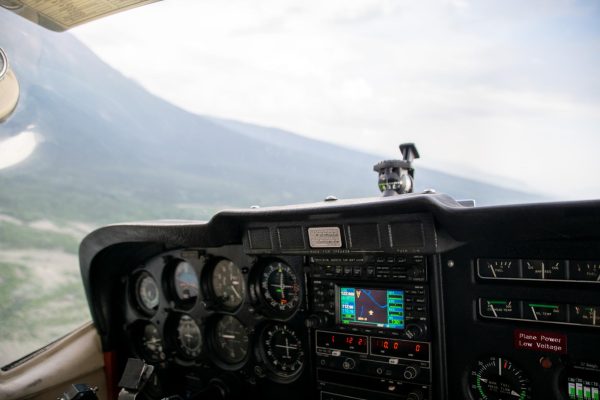
In order for pilots to receive payment for their services, they must earn both a PPL and commercial pilot’s license, two distinct certifications with different requirements. In contrast to a PPL, a commercial pilot’s license requires that an applicant be at least 18, and have amassed a minimum of 250 flight hours. As high school students cannot be compensated for flying until they hold a commercial pilot license, in the meantime aviation serves as a recreational activity.
“Commercial airlines are pretty far off as a private pilot. You cannot fly for hire at all, so you’re just flying as a hobby. You can’t fly for any money until you go from private pilot to instrument pilot and then to a commercial pilot, so there’s a lot of limitations,” Oliver said.
By exploring aviation, Archie Williams students are exposed to unique opportunities and potential career paths. Resources at Archie Williams provide hands-on flight training and activities. With dedicated guidance and a supportive community, students gain valuable skills that can shape a future in aviation.




